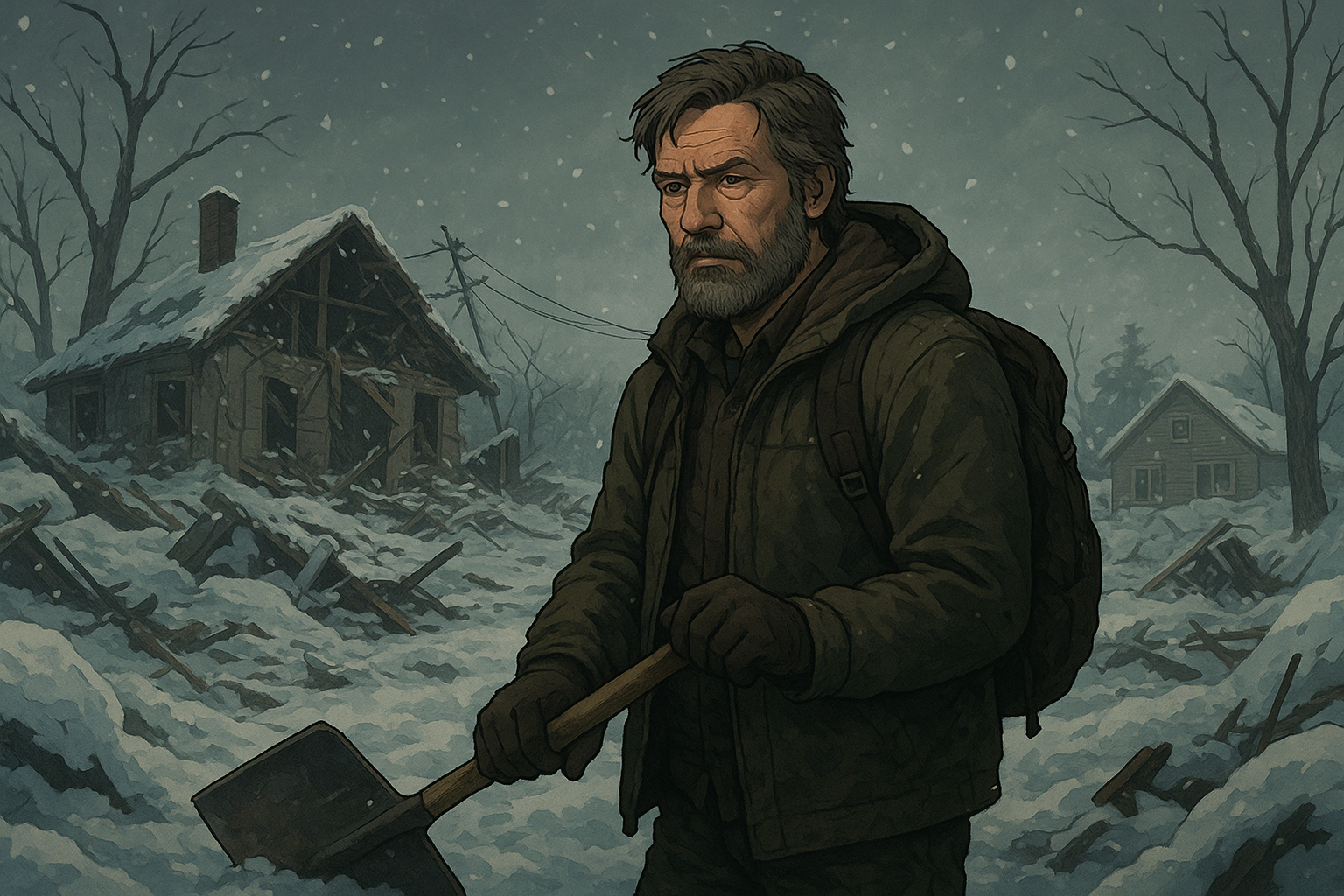When the blizzard finally stops and daylight returns, it may feel like you’ve survived the worst — but the period after a winter storm can be just as dangerous. From hidden ice hazards to carbon monoxide risks and collapsing roofs, recovery requires patience, awareness, and careful steps. Here’s how to stay safe and rebuild your routine once the snow settles.
🧭 Step 1: Stay Indoors Until It’s Safe
Even when the storm has passed, conditions outside can still be treacherous. Roads may be icy, power lines can be down, and trees may be unstable under the weight of snow.
Listen to official updates. Wait for local authorities to announce that it’s safe to go outside or travel.
Avoid unnecessary trips. If you must go out, wear insulated waterproof boots and walk carefully to prevent falls.
Check for structural damage. Inspect ceilings and walls for cracks or leaks caused by snow load or ice dams.
🔦 Step 2: Check Utilities Before Use
Before turning things back on, ensure your power and heating systems are safe to operate.
Inspect electrical lines — never touch downed wires; report them to utility companies.
Avoid gas leaks. If you smell gas or hear a hissing sound, leave immediately and contact emergency services.
Ventilate properly. Run generators only outside and keep them away from windows and doors to prevent carbon monoxide poisoning.
🧰 Step 3: Clear Snow the Smart Way
Snow removal after a storm can be exhausting — and risky.
Take breaks frequently. Overexertion in cold weather can lead to hypothermia or heart strain.
Use the right tools. A lightweight shovel and layered clothing help prevent injuries.
Clear roofs and gutters carefully. Heavy snow buildup can damage your home, but avoid climbing onto icy surfaces alone.
🧡 Step 4: Help Others and Check on Neighbors
Community matters most after a storm.
Check on the elderly or those with limited mobility. Offer help with groceries, snow removal, or warmth.
Share information. Exchange updates about open shelters, power restoration, or safe routes.
Look out for pets. Ensure animals have dry, insulated shelter and access to unfrozen water.
🌤️ Step 5: Restock and Reevaluate
Once things stabilize, take time to review what worked and what didn’t.
Restock your emergency kit. Replace used food, batteries, or fuel.
Upgrade preparedness plans. Make notes on items you wish you had — like extra blankets or solar chargers.
Document damages. Take photos for insurance and repair purposes before beginning cleanup.
Final Thought
Surviving a winter storm is about more than enduring the cold — it’s about being ready for the aftermath. With calm, planning, and community spirit, recovery becomes easier and safer. Every storm teaches something new; let this one make you stronger and more prepared for whatever comes next.

